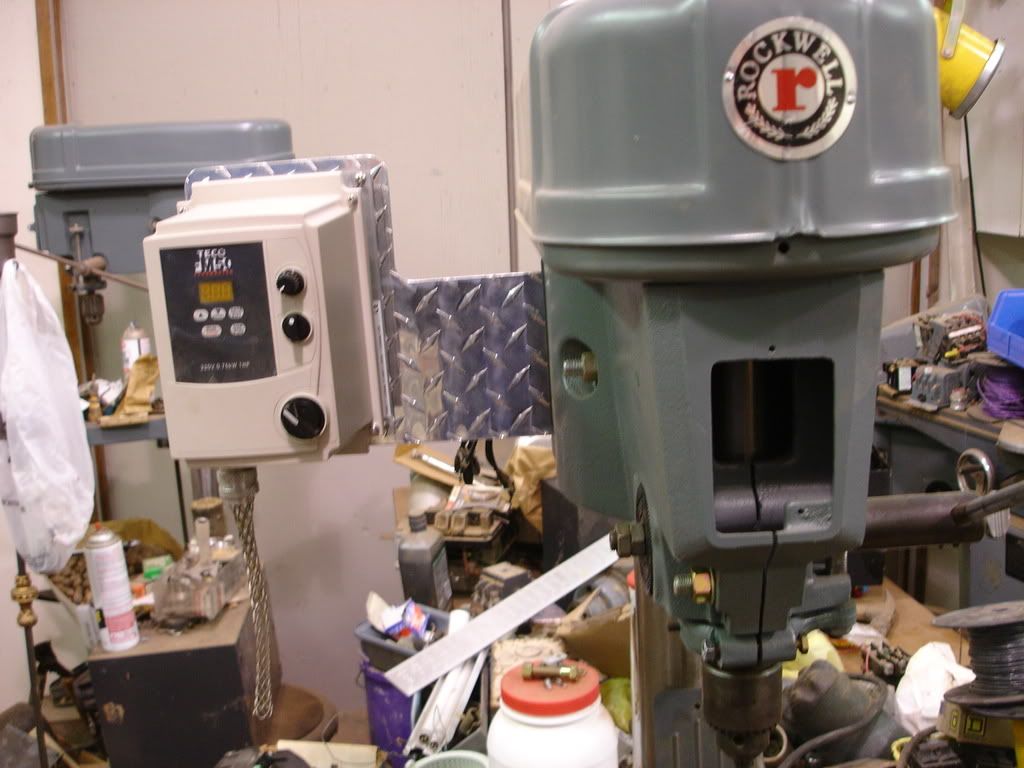I doubt that anyone discussing this thread has used a true DC motor. I know that I have not. While true DC motors exist (search term: homopolar motor), all common motors in use have alternating current involved somewhere.
A classic brush commutated DC motor uses DC power, and has DC in the field coils, but uses the commutator to _make_ AC for the rotor. The current flowing in the alternator coils is alternating. Because the commutator is physically attached to the rotor, the AC in the rotor is tied to the specific position of the rotor, and held in proper relationship to the DC magnetic field created by the field coils or the stator magnets.
Imagine turning this motor 'inside out', putting magnets or a DC field coil on the rotor, and then using a mechanical commutator to alternate the current in the stator winding. The stator winding would generate a rotating magnetic field that was mechanically held in proper relation to the rotor's magnetic field.
This is essentially what is done with a brushless 'DC' motor. You have a rotor with permanent magnets which create a magnetic field. You have a three phase stator winding which is essentially similar to the three phase winding of a common induction motor. You have rotor position sensors which are used to control the switching of the control transistors. The drive transistors switch on and off in response to the rotor position, thus the AC in the stator in a brushless DC motor is tied to the specific position of the rotor.
The only essential difference between a brushless permanent magnet DC motor and a permanent magnet AC synchronous motor is how you decide when to switch the drive transistors. If you switch the transistors based on rotor position, then you call it a 'DC' motor. If you switch at a control frequency, then you call it an 'AC' motor.
In any case, this is off topic for the original question. I agree with others on the 'single phase in, single phase out' question: once you have the VSD, it is trivial to take single phase input and create 3 phase output, so for any sort of significant power level, a three phase motor is used on the output side. Large single phase motors are designed for single frequency operation, and won't take kindly to variable frequency.
-Jon


